2016 Peugeot 308 1.6 THP

| The Good: – Premium styling – Great fuel economy – Pretty good handling |
The Bad: – Pricey in higher trims – Average rear cabin space – Some ergonomics issues |
Peugeot doesn’t come up in a lot of conversations about cars nowadays, at least here in the GCC. There was a time a decade ago when they were actually gaining ground here, to the point where even we owned a sporty 307 XSi for our long-term fleet. However, there isn’t a peep to heard when new models come out nowadays. The all-new Peugeot 308 is one such new model, ushering in a new design direction for the French brand.
Debuting in late 2014, the 308 is a truly handsome compact hatchback, giving off a subtle premium vibe. The new front-end is more upright with LED headlights in our mid-range Allure model, while cool-looking LED tail lamps complete the squared-off rear. The turbocharged Allure trim also gets 17-inch alloys instead of the base Active model’s 16-inchers.

The dashboard design is unique, with minimal buttons and where the gauge cluster has to be viewed above the small steering wheel rather than through it. Although an interesting idea, it was not ideal for people of our average height, as the lower part of the gauges became obscured just when we found our perfect steering-column setting. There are no buttons on the steering wheel either, all moved to a stalk behind the steering wheel that you have to feel for, so it’s basically guesswork. And with no console buttons for the stereo and climate control, you have to fiddle with the touchscreen while driving to do simple tasks.
Otherwise the 9.7-inch capacitive touchscreen is fairly user-friendly, with big icons and generally responsive. Features include a decent 6-speaker CD stereo, Bluetooth, USB port, navigation, basic keyless entry, power windows and electric folding mirrors, a basic monochrome LCD between the gauges, electronic parking brake and a big one-piece panoramic glass roof that does not open. The dual-zone auto a/c is pretty decent now, better than any previous Peugeot, although there are no rear vents. There is standard cruise control with a speed limiter, but it’s operated by yet another stalk behind the steering wheel so we couldn’t see the buttons while driving. The higher-spec GT model gets even more features.
There’s no skimping on the safety front though, with front and rear parking sensors, rear camera, standard auto-dimming mirror, front and side/curtain airbags, ABS with EBD, stability control, tyre-pressure sensors and a system that automatically turns on the hazard lights under emergency braking.
The cabin itself is nicely lined with soft-touch materials on all upper panels, while space up front is great, with well-bolstered manually-adjusted front seats. However, rear legroom is below-average for this segment. It might be because the boot is pretty big for a hatchback, accessed via the oddly heavy tailgate. As for further storage options, the rear bench split-folds, there are door and seatback pockets and the cooled glovebox, aside from a single covered cup-holder up front and two shallow ones in the rear.

Aside from the naturally-aspirated base model, the 308 1.6 THP is powered by a carryover 1.6-litre turbocharged inline-4, a strong engine that makes 163 hp at 6000 rpm and 240 Nm of torque from just 1400 rpm. Unfortunately it is mated to a sluggish 6-speed automatic that likes to stick to the higher gears in normal mode. Switching to “sport” mode makes the shift points and responses more agreeable, but we ended up manually selecting gears a lot of the time to utilise its strong low-end torque. Acceleration is within class standards, as we did the 0-100 kph run in 9.5 seconds, although we expected it to be quicker, given its horsepower advantage. However, the reasoning for the gearbox tuning became clear when we managed fuel consumption of just 6.0 litres/100 km — impressive by any standard.
Peugeot’s cars have never disappointed when it came to handling, even with torsion-beam rear suspension. The front-wheel-drive hatchback can be thrown into corners at good speeds with minimal body roll. Shod in 225/45 tyres, grip is good and the car understeers predictably at its reasonably-high limits. The small steering wheel offers sharp responses, almost like a sports car, but offers no feedback. The electric power steering varies weight based on speed, firming up at higher speeds as needed. The brakes work fine, but the pedal is oversensitive, leading to lurching when used at low speeds.
Low-speed driving is not particularly fun overall, as there is a throttle delay, so you have to time your entry into junctions. And initial response from the engine is weak, although it gets a fair bit better in the mid-range revs once the turbos are in play properly. The ride is slightly on the firm side and there is some road noise, but both are reasonably bearable and not hugely different from, say, a VW Golf.
We can’t say the Peugeot 308 gets everything right in this iteration. Having owned the last 307, we can see compromises were made in the name of style, as space and ease-of-use seem to be less of a priority. What you do get a much more premium-looking vehicle that costs a fair bit more and looks to be in the same league as an Alfa Romeo Giulietta, and for singletons who have no real concerns other than looking forward to the next concert, this little number could work.
| Price Range: Dh 101,000-104,500 Current Model Introduced in: Body Styles: Engines: Transmissions: Setup: Suspension: |
Brakes: Front: discs Rear: discs Curb Weight: Length: Wheelbase: Top Speed: Test Acceleration 0-100 kph: Observed Test Fuel Economy: |

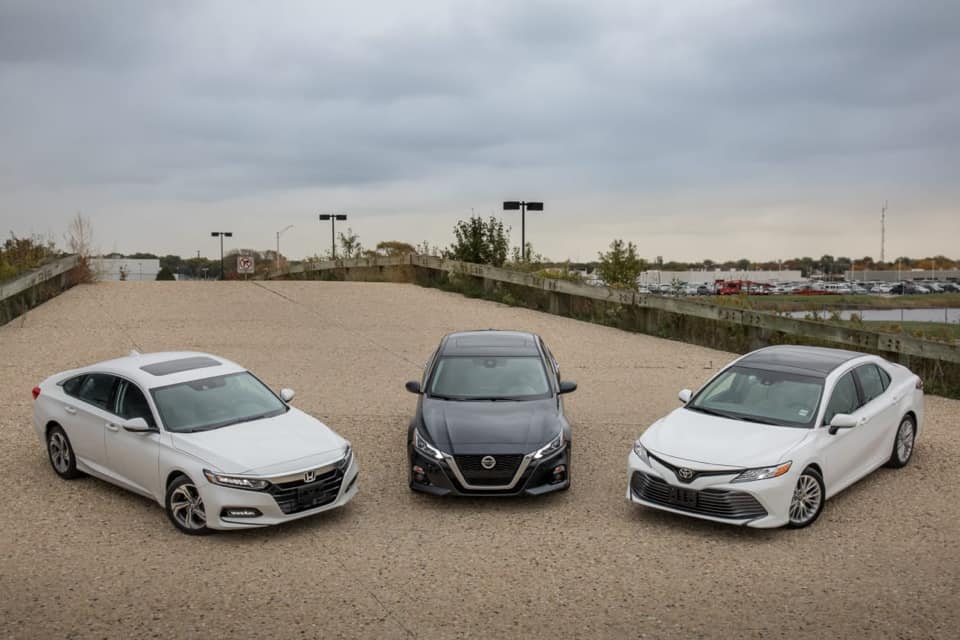
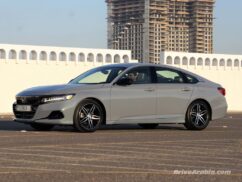
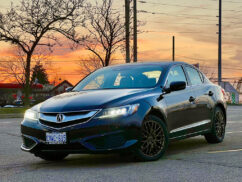
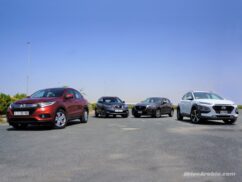

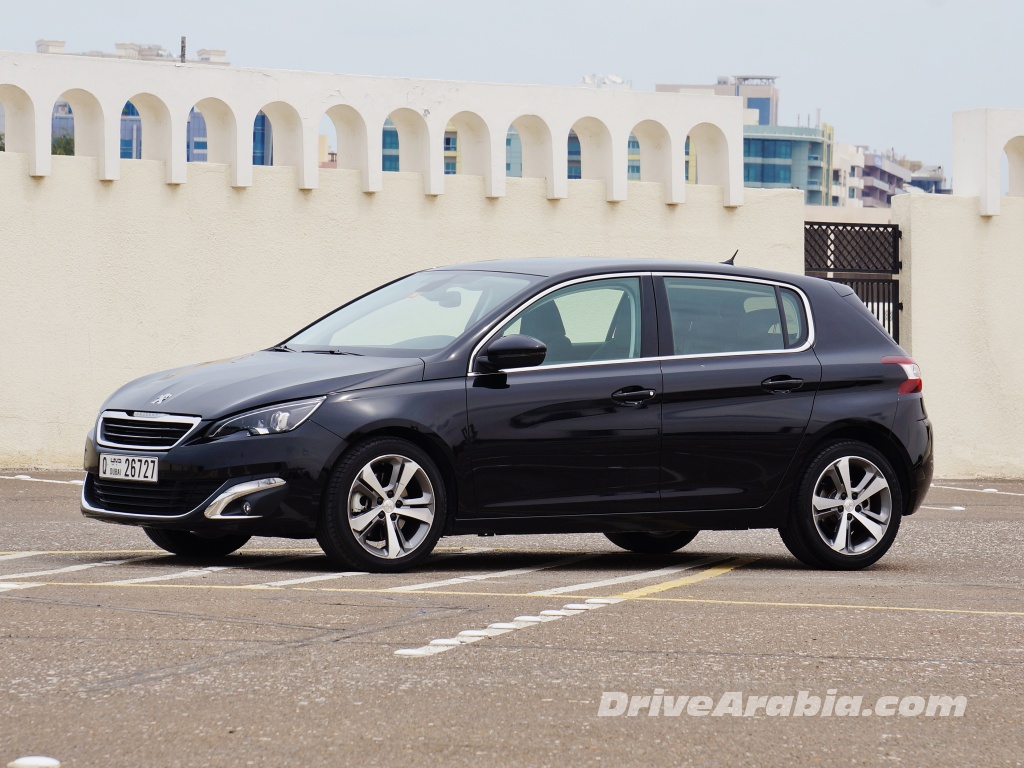
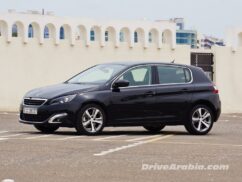
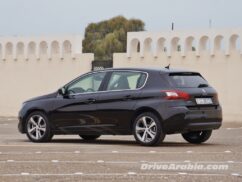
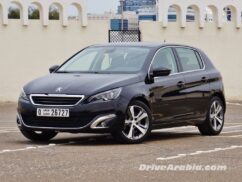
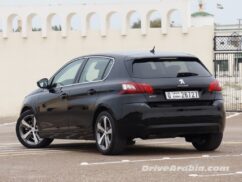
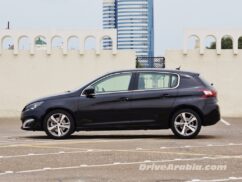
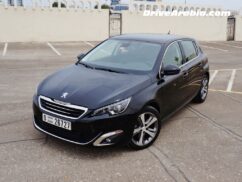
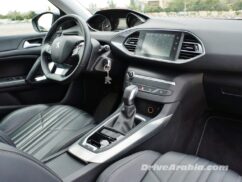
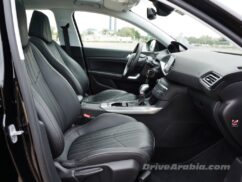
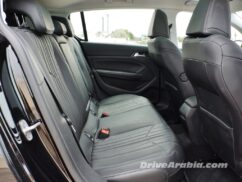
Comments
Mohammad
100k plus?????
Isnt the golf tsi much cheaper than this?
s
Gianluca
The interior is really nice looking, with a gorgeous dashboard and nice steering wheel, and also the exterior look cannot displease, I found it superior to the conservative last golf.
Too bad that Peugeot never invested in a good automatic gearbox and still use a torque converter designed in the early 90s, that penalizes the car in some markets like the UAE (same problem with the 208 that otherwise would be the best small compact), obviously they have no intention to develop much their market share outside the old europe which is a manual gearbox stronghold.
Also the choice to use old carry over engines in UAE to keep the price acceptable and the margin for the reseller very high doesn’t help, but the quality step-up in mechanics can otherwise be seen also in small details like the fact that alloy rims are finally fixed with 5 bolts to reduce the development of vibration of the old 4 bolts hub design.
waqas
fuel consumption is 6.0 litres/100 km, where as your , your car specs details shows 7.6 litres/100 km ?? if that is correct what speed were you driving (just need to know how is it measured)
Mashfique Hussain Chowdhury
Thanks for catching that. We may have picked up the original numbers from a wrong source (possibly a local dealer brochure!). Currently we are researching the right figures, and will update the buyer guide.